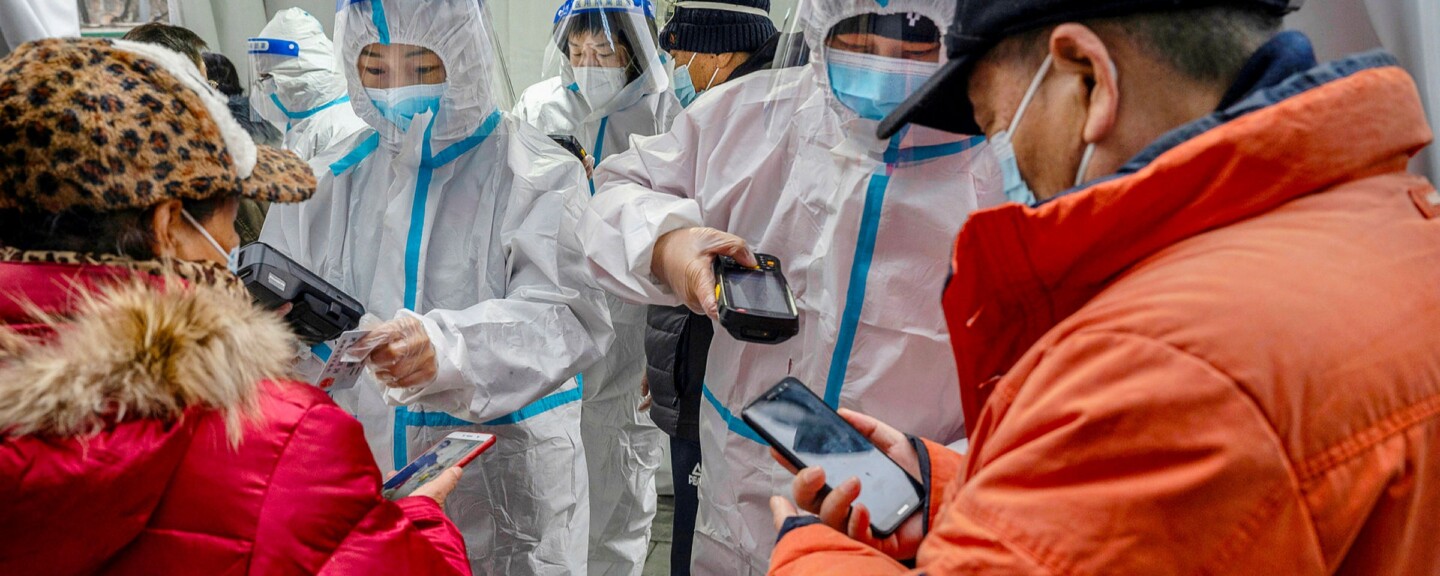William C. Kirby, T.M. Chang Professor of China Studies and the Spangler Family Professor of Business Administration at Harvard University, argues in Science that ‘Science with Chinese characteristics’ is a threat to China and a loss to the world.
This post was originally published in Science Vol 376, Issue 6597 on June 2, 2022.
There is no such thing as “zero-COVID.” As the Omicron variant spreads to China’s capital city, Beijing, the question is not if, but when and how, China will begin to “live with COVID-19” rather than continue to impose endless lockdowns. The problem is that under China’s stifling political climate, this notion cannot be uttered, let alone debated. How did a country with a history of deep respect for science and a laser focus on becoming a global powerhouse in technology and innovation fall into such isolation from the rest of the world?
Two trajectories have defined China’s response to COVID-19. Its centuries-long engagement with science and engineering has fostered a culture that reveres institutions of science and technology and a public that appreciates basic science. Its government and academic laboratories are among the best in the world. But China’s Marxist-Leninist political system, led by an infallible Party, often defines what is, and is not, “science.” These two beliefs have been in tension since the founding of the People’s Republic in 1949, aggravated by the rise of pseudoscience during the 1950s and the privileging of “red” over “expert” during the isolationist years of the Cultural Revolution.
As the virus emerged in Wuhan, this tension was apparent. The earliest Wuhan case appeared on 1 December 2019, and the danger was recognized by Chinese scientists soon thereafter. Yet for political reasons (local Chinese governments fear reporting bad news to Beijing), the isolation of Wuhan did not commence until 23 January, by which time severe acute respiratory syndrome coronavirus 2 (SARS-CoV-2) had escaped the country. The chance for global containment was lost. These early stumbles in Wuhan spawned the “zero-COVID” policy of relentless testing, quarantining, and border closures. Zero-COVID helped slow the spread and saved hundreds of thousands of lives. But it may now be doing more harm than good. Hong Kong experienced the world’s highest death rate from COVID-19 after 2 years of “zero-COVID.” Beijing may soon be facing a Shanghai-like lockdown.
Students at China’s most prestigious universities—the incubators of its scientific elite—are confined to campus, and faculty are not allowed to enter. At Peking University, hundreds of students recently protested against restrictions that barred them from leaving their dorms.
Chinese citizens have taken their frustrations to social media to share the stories of individuals who have died from the pandemic and the public’s restricted access to basic human needs, like health care and groceries. Internet censors hide criticism of authorities and zero-COVID. When the director of the World Health Organization declared China’s zero-COVID policy to be “unsustainable,” his remarks and even his name were placed behind the Great Firewall.
This global pandemic should have been an opportunity for strengthening US-China collaboration. Ever since the two nations signed the US-China Agreement on Cooperation in Science and Technology in 1979, scientific cooperation between the two has produced breakthroughs in the development of cancer treatments, AIDS research, influenza tracking, and climate change technology. Over the years, even when political relations cooled, bilateral scientific research persisted. Now, this collaboration is threatened. In the US, Chinese scientists face scrutiny over national security concerns. Months before the pandemic started, the US failed to replace its disease expert in China’s disease control agency after federal funding for the position ended. For its part, China restricted access to international scientists seeking to understand the virus’s origins. It has engaged in vaccine nationalism, having inexplicably delayed approval of international messenger RNA vaccines in favor of less effective domestic vaccines. And under zero-COVID, foreign scientists face lengthy quarantine requirements, disincentivizing on-the ground collaboration.
China’s deep respect for science still provides an opening for better collaboration with the West in COVID-19 and future pandemics. International vaccines can help China boost vaccination rates among its elderly to prevent massive loss of life when it does drop zero-COVID. We must remember that China’s scientific and economic strengths have risen because of, not despite, China’s integration into the larger world of international education, research, and technology. Yet this month, three leading Chinese universities withdrew from all global rankings to pursue “education with Chinese characteristics.” Is the next step a politically defined “science with Chinese characteristics,” as was the case in the Maoist years? Let’s hope not. As history shows, a self-isolating China is a threat to itself and a loss to the world.


